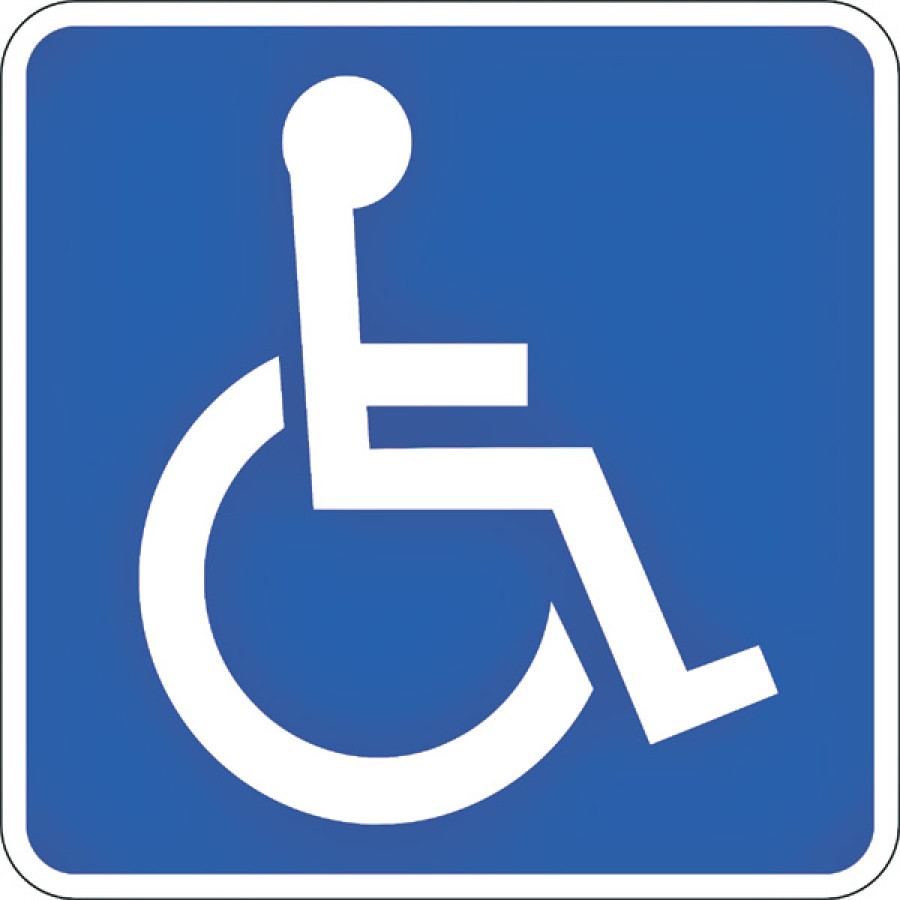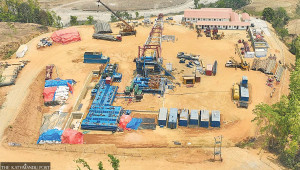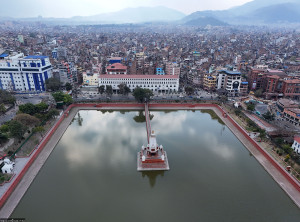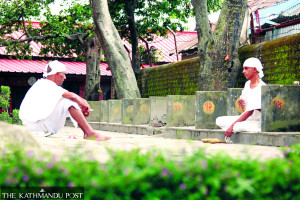Opinion
Making room
Accessibility is a defining issue in urbanisation all over the world. With more and more people moving to towns and with new urban centres being planned and created to meet the needs of the newcomers, urbanisation is an opportunity, and at the same time, a matter of concern for many.
Simone Galimberti
Accessibility is a defining issue in urbanisation all over the world. With more and more people moving to towns and with new urban centres being planned and created to meet the needs of the newcomers, urbanisation is an opportunity, and at the same time, a matter of concern for many.
Urban places can offer incredible new opportunities to its inhabitants, long-time residents and newcomers alike. But at the same time, if unmanaged, the potential of the same space can be tainted by a disproportionate increase in the levels of poverty and inequality for which the most vulnerable have to pay the price.
Thus, the so-called HABIT III Process discussed at the United Nations Conference on Housing and Sustainable Urban Development held in Quito this past October is important. The conference adopted a New Urban Agenda that is going to be the framework to develop and launch new initiatives for better management and planning of urban spaces for the next decade. Interestingly, accessibility is one of the central tenets of the document, proving how issues related to persons living with disabilities are getting more prominent, at least at the policy level.
Disability-friendly planning
On the occasion of the Quito gathering, Disability Inclusive and Accessible Urban Development Network (DIAUD), a global forum mandated to ensure that accessibility and other issues pertaining to persons with disabilities are well incorporated in the New Urban Agenda, published a landmark publication entitled “The Inclusion Imperative: Towards Disability-Inclusive and Accessible Urban Development”. This document offers practical recommendations on how to forge ahead with urban planning and designing approaches that respect the rights and needs of persons living with disabilities.
Central to it are concepts like “universal design”, which refers to designing products, spaces and services that can be used by all people and “travel chain”, which ensures that the journey from home to destination poses no obstacles to persons with disabilities.
Better and innovative
bottom-up governance is also important. Participatory methods in planning urban spaces and in implementing new services are not just token gestures but practical ways to involve and engage people living with disabilities, enhancing their level of community participation. Decision-making from the lowest administrative levels of authority to the highest echelons of power must ensure that no one is left behind in this quest to make cities more liveable, fairer and healthier places for everyone.
Therefore, in order for all town inhabitants to thrive and have a fair shot at life regardless of their economic and social status, it is crucial to invest resources in new urban governance models that are more responsive to the needs of people. By seizing the opportunity to discuss issues related to disabilities through new forms of public involvement, we can open up the decision-making process for all inhabitants of urban spaces and not only for persons with disabilities.
After all, fair and inclusive towns are the result of the amalgamation of diverse groups of population where people from different backgrounds come together, interact and think of new ways to solve problems that affect us all. At the same time, this allows them to get to know each other better, a prerequisite to break down barriers that vulnerable and disadvantaged groups face. Locally, neighbourhoods or ward associations and informal groups of citizens could pave the way for a new conversation about issues close to the people.
Respecting rights
The Kathmandu Municipality has been showing some sensitivity towards persons with disabilities by agreeing to support the purchase of more disability-friendly buses run by Sajha Yatayat recently. The tactile paving of surfaces on a few new pavements around town was also encouraging. Yet these are just a few initial steps towards a more inclusive Valley. The piecemeal approach has to be replaced by a more comprehensive plan of action on inclusive cities in Nepal.
Despite the Cabinet passing the “Accessibility Guidelines” in 2012, thanks to a major advocacy effort by the National Federation of the Disabled Nepal (NFDN), its implementation is yet to be seen.
Manish Prasai, administrative manager of the NFDN, who played a key role in ensuring the government’s approval of the guidelines and whose experience is shared in The Inclusion Imperative, says, “We can ensure that accessibility standards in the public places—not only as mentioned in the guidelines—go beyond that in following the international practice of making services, products, and public places accessible to us all.”
While the three major administrations in Kathmandu, Patan and Bhaktapur should set an example, it is important to come up with a national plan because accessibility and inclusion are a national issue, addressing which will benefit everyone.
Many new buildings are being constructed but I wonder if the concept of “visitability”, a first step towards universal design, is being followed. According to this principle, not all houses must be totally accessible but they should at least incorporate few basic features like at least one “no-step” entrance at the main floor of the home, wider doors and hallways, and one wheelchair-accessible bathroom on the main floor. These features are not impossible to be incorporated while designing a new building.
Understandably, the inclusive imperative will not happen overnight, but political will is a must to start putting in practice the “Accessibility Guidelines” approved four years go. After all, we should not forget that the principle of “reasonable accommodation” enshrined in the Convention on the Rights of the Persons with Disabilities is a straightforward practical approach to respect the rights of the persons with disabilities and not an excuse to ignore or forget them.
Galimberti is Co-Founder of ENGAGE and Editor of Sharing4good




 23.39°C Kathmandu
23.39°C Kathmandu










